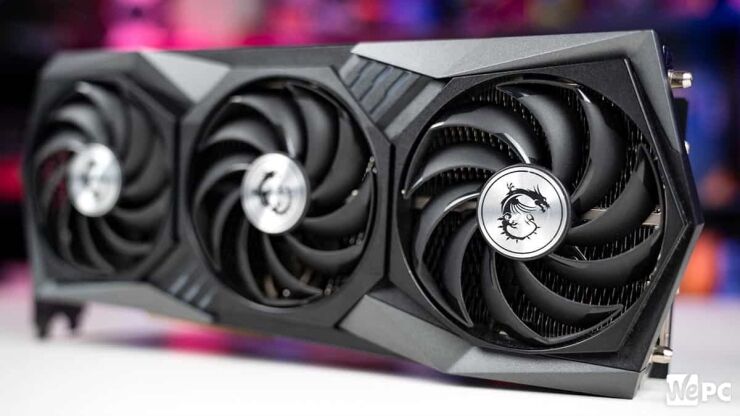
The efficiency might not be the identical because the 50 collection, but it surely’ll absolutely enhance efficiency over conventional DLSS
Up to date: Jan 20, 2025 9:33 am
WePC is reader-supported. Once you purchase via hyperlinks on our website, we might earn an affiliate fee. Costs topic to vary. Be taught extra
At CES 2025, Nvidia unveiled DLSS 4, an AI-powered leap ahead in gaming expertise. Whereas a lot of the main target was on the improved capabilities for the upcoming RTX 50 Collection, an intriguing chance emerged throughout an interview with Bryan Catanzaro, Nvidia’s VP of Utilized Deep Studying Analysis, Tom’s {Hardware} studies: Body Technology might probably come to older GPUs, such because the RTX 30 collection, however there’s a catch.
When Digital Foundry’s Alex Battaglia requested in regards to the feasibility of bringing DLSS 4’s new Body Technology mannequin to older {hardware}, Catanzaro left the door open. “I feel that is primarily a query of optimization and likewise engineering after which the final word person expertise,” he defined. “We’re launching this Body Technology, the perfect Multi Body Technology expertise, with the 50 Collection, and we’ll see what we’re in a position to squeeze out of older {hardware} sooner or later.”
Can body era attain the 30 collection?
This isn’t the primary time Nvidia has hinted at backwards compatibility for Body Technology. When DLSS 3 debuted alongside the RTX 40 Collection, its reliance on the Optical Stream {hardware} accelerator was cited as the important thing motive it couldn’t run on earlier GPUs just like the RTX 30 Collection. Nevertheless, the brand new DLSS 4 mannequin ditches this {hardware} dependency in favour of a totally AI-based answer.
“The troublesome half about any form of {hardware} implementation of an algorithm like Optical Stream is that it’s actually troublesome to enhance it,” Catanzaro famous. “It’s sort of what it’s, and the failures that arose from that {hardware} Optical Stream, we couldn’t undo them with a wiser neural community till we determined to simply exchange it and go together with a totally AI-based answer.”

This shift boosts effectivity and picture high quality and reduces VRAM utilization. Importantly, it removes the technical limitation that beforehand made Body Technology unique to the RTX 40 Collection and newer. Nevertheless, challenges stay. The up to date mannequin is heavier on Tensor Core utilization, and older GPUs—whereas nonetheless outfitted with Tensor Cores—might battle to maintain up with the calls for of the brand new mannequin.
As Catanzaro identified, “The Tensor Core necessities are increased, and clearly, the older GPU structure has worse Tensor Core efficiency.” So, we’ll see if Nvidia could make that occur.
For avid gamers with RTX 30 Collection GPUs, the prospect of getting access to DLSS 4’s improved Body Technology is thrilling. It might lengthen the lifespan of current {hardware} whereas delivering noticeable enhancements in efficiency and visible high quality.
What this implies for avid gamers
If Nvidia efficiently ports DLSS 4 Body Technology to older GPUs, it might considerably improve RTX 40 and 30 Collection house owners with out requiring new {hardware}. Nevertheless, the timeline stays unsure, and Nvidia is understandably prioritising optimising the expertise for the RTX 50 Collection at launch.
For now, the announcement highlights Nvidia’s dedication to advancing AI-driven graphics expertise and hints on the potential for future updates that might profit a broader vary of avid gamers. Whether or not you’re holding onto a 30 Collection card or seeking to improve, the evolution of DLSS continues to redefine what’s doable in gaming efficiency.






